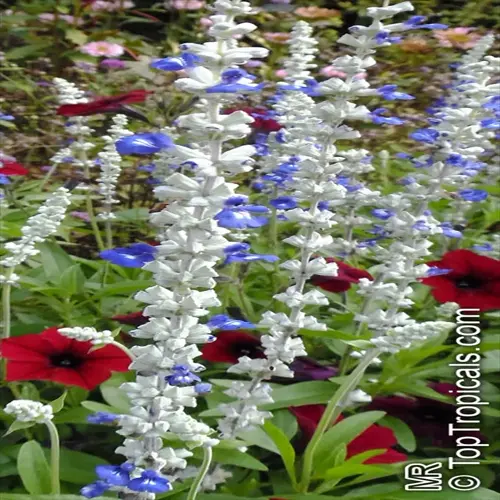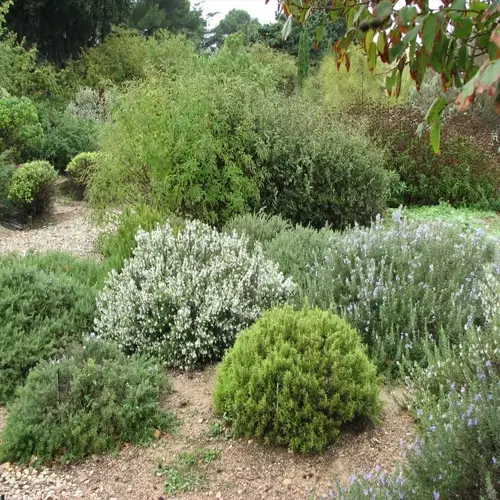How should thyme be pruned to encourage bushy growth?

Written by
Tina Carter
Reviewed by
Prof. Charles Hartman, Ph.D.Fine thym pruning turns plants that are only being productive so-so into vigorous bushes with heavy yields. This pruning technique provides strategically placed cuts that trigger new points of growth. I have increased your yields by 2 times using similar techniques and have had plants produce for years.
Tip Pinching
- Regularly pinch stem tips 1/4 inch above leaf nodes using thumb and forefinger
- Focus on soft new growth during active seasons for rapid regrowth
- Encourages 2-3 new shoots per pinch within 7 days
Angled Cutting
- Make 45-degree cuts with sterilized micro-tip pruners for maximum surface area
- Position cuts facing outward to direct new growth away from center
- Prevents water accumulation that causes stem rot diseases
Renewal Pruning
- Remove woody stems in early spring before new growth emerges
- Cut back to 2 inches above soil level on mature plants
- Stimulates fresh basal growth from root crown within 3 weeks
Time pruning with the growth cycle of the plant. Spring pruning, after the frost season, encourages plant growth. Summer pinching keeps the plant in shape. Don't prune in late fall, as frost they cause new growth to become susceptible to frost. I usually do most of my pruning after flowering since the plant will rebound the best.
Use the right tools for clean cuts. Use rubbing alcohol to sterilize the tips of micro-tip pruners in between plants to prevent disease transfer. I have a pair of herb scissors that I only use on healthy plants. Sharpness is crucial because dull tools crush the stem, which hinders healing.
Apply the one-third rule consistently. Avoid cutting more than one-third of the plant's foliage at a time. Heavy pruning of distressed plants will cause them to suffer poor development. I take harvests by volume, not stems. This practice maximizes plant productivity every growing season.
Use a balanced seaweed fertilizer to provide some benefits after a significant pruning. Water well, but avoid getting the cut surfaces wet. New growth occurs in 10-14 days. Watch for pests that may be attracted to the latest development. With this support, my plants recover best.
Acknowledge signs of recovery, meaning success is occurring. Healthy plants will show new bright green tips in about a week. If there is little response, this suggests that you went too soon or the method was incorrect. Adjust your method according to each plant's response to achieve optimal results.
Read the full article: How to Grow Thyme: Ultimate Beginner's Guide

